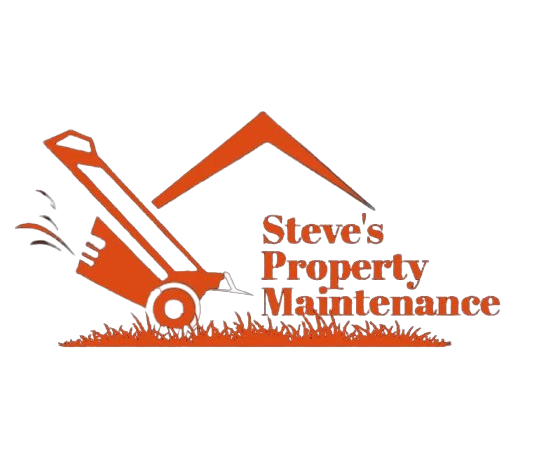Starting a vegetable garden is fun but can scare new gardeners. Many thoughts come fast: What plant? How prepare your bed? When sow seed? This guide breaks each step into small parts and gives you tips to care for your garden as it grows.
1. Choosing Your Garden Spot
Pick a spot with six to eight hours of sun each day. A spot with some shade works well for many greens and salads. Look at your space. See how the sun falls, how close water is, and if wind stays away.
2. Raised Garden Beds
Raised beds help new gardeners win. They lift the soil, help water flow out, and warm the soil early in spring. This helps if winter made the ground wet. Raised beds also keep bugs and weeds off your plants.
You may buy a ready-made raised bed or make one from plain wood. Use wood free of chemicals. If you build your own bed, use boards that are one inch thick for strength. Keep your design simple to fit your space and style.
3. Preparing the Bed
After you choose your spot and bed, get ready. Remove grass and weeds from the area. Some gardeners put down cardboard to stop weeds before they add soil. Plain cardboard breaks down over time. Wet the cardboard if the air is dry.
Fill the bed with a rich mix. Good compost, rotted manure, or mushroom mix work well as a base. Press the mix in tight so roots can hold on, and the soil stays firm.
4. Planting Seeds and Seedlings
Now you plant! Beginners often start with quick crops like radishes, lettuce, or salad onions. They grow fast and may be ready in a month or so. You can sow seeds directly or use young plants from trays.
When you plant, give each crop space. For example, put salad onions about four to six inches apart. Mix in quick crops like radishes that are ready sooner than others. This plan makes good use of your space.
5. Watering and Maintenance
After planting, give enough water to your garden. Check the soil in the days after sowing so your young plants drink well. Rain can help, but it is best to see that the soil stays moist.
Watch the garden as it grows. Check often for bugs and weeds. Cover your rows early so birds and small animals do not eat the new plants. Look for any bug marks and act fast to keep your crop safe.
6. Expanding Your Garden
When you grow more sure of your garden, you may add more beds. With practice, try new plants and mix planting styles. You might add wood chip paths next to the beds. These paths make care easier and add a rich layer to your soil.
7. Enjoying Your Harvest
The best part comes when you eat fresh vegetables that grow in your garden. Growing food gives you a real joy. It feeds you with healthy food and ties you close to nature.
Conclusion
Starting a vegetable garden can feel hard at first. With good steps and some care, you build a thriving place to grow food. New or small, your garden grows with you. Enjoy every step, have fun outside, and cheer each little win as you learn more about gardening. Happy planting!
About Steve’s Property Maintenance
Steve’s Property Maintenance is a trusted lawn care and landscaping service provider dedicated to keeping properties in top condition across New London County, Connecticut. With a reputation for reliability, attention to detail, and top-quality service, we specialize in lawn care, yard maintenance, landscaping, power washing, and more. Our team is committed to delivering lush, healthy lawns and pristine outdoor spaces for both residential and commercial clients.
📍 Serving: Norwich, Preston, Groton, Stonington, Waterford, Mystic, and surrounding areas.
📞 Contact us at +1 (860) 847-3441 for a free quote and let us take care of your lawn care needs!

